Silver Sputtering Target Description
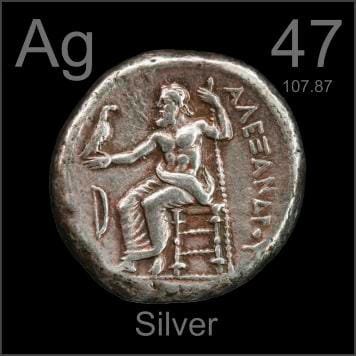 Silver sputtering targets share the same properties as their source material. Silver is a soft, white, and lustrous transition metal that boasts the highest electrical conductivity, thermal conductivity, and reflectivity of any metal. The metal is found in the Earth’s crust in several forms: in its pure, free elemental form known as “native silver,” as an alloy with gold and other metals, and in minerals such as argentite and chlorargyrite. Most silver is produced as a byproduct during the refining of copper, gold, lead, and zinc.
Silver sputtering targets share the same properties as their source material. Silver is a soft, white, and lustrous transition metal that boasts the highest electrical conductivity, thermal conductivity, and reflectivity of any metal. The metal is found in the Earth’s crust in several forms: in its pure, free elemental form known as “native silver,” as an alloy with gold and other metals, and in minerals such as argentite and chlorargyrite. Most silver is produced as a byproduct during the refining of copper, gold, lead, and zinc.
Silver Sputtering Target Specifications
| Material Type | Silver |
| Symbol | Ag |
| Atomic Number | 47 |
| Color/Appearance | Silver, Metallic |
| Melting Point | 962 °C |
| Theoretical Density | 10.5 g/cc |
| Sputter | DC |
| Type of Bond | Indium, Elastomer |
| Available Sizes | Dia.: 1.0″, 2.0″, 3.0″, 4.0″, 5.0″, 6.0″ Thick: 0.125″, 0.250″ |
We also offer other customized shapes and sizes of the sputtering targets; please Contact Us for more information.
Silver Sputtering Target Application
High-performance silver sputtering materials are utilized in a variety of thin film coating applications, including decorative coatings, antibiotic coatings for medical devices, and large area coatings for fuel cells. Sterling silver, a popular form of silver, is widely used in jewelry, silverware, and electrical contacts. Silver also plays a crucial role in photography and is essential in the production of solder and brazing alloys, as well as electrical contacts.
Silver Sputtering Target Target Bonding Services
Specialized bonding services for Silver Sputtering Targets, including indium and elastomeric bonding techniques, enhance performance and durability. Thin Film Materials (TFM) ensures high-quality solutions that meet industry standards and customer needs.
We also offer custom machining of backing plates, which is essential for sputtering target assembly. This comprehensive approach improves target design flexibility and performance in thin film deposition. Our channels provide detailed information about bonding materials, methods, and services, helping clients make informed decisions.

Silver Sputtering Target Handling Notes
Silver Sputtering Target Packing
Our Silver Sputtering Targets are clearly tagged and labeled externally to ensure efficient identification and quality control. We take great care to prevent any damage during storage and transportation.
Get Contact
TFM offers Silver Sputtering Targets in various forms, purities, sizes, and prices. We specialize in high-purity thin film deposition materials with optimal density and minimal grain sizes, which are ideal for semiconductor, CVD, and PVD applications in display and optics. Contact Us for current pricing on sputtering targets and other deposition materials that are not listed.

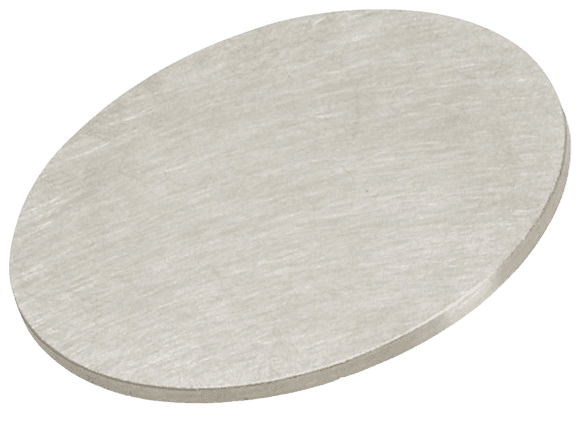
 MSDS File
MSDS File
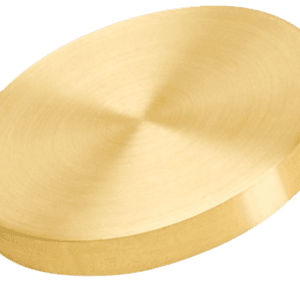
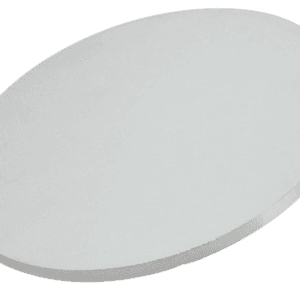
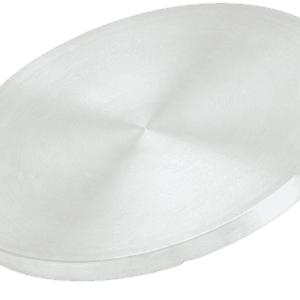
Reviews
There are no reviews yet.